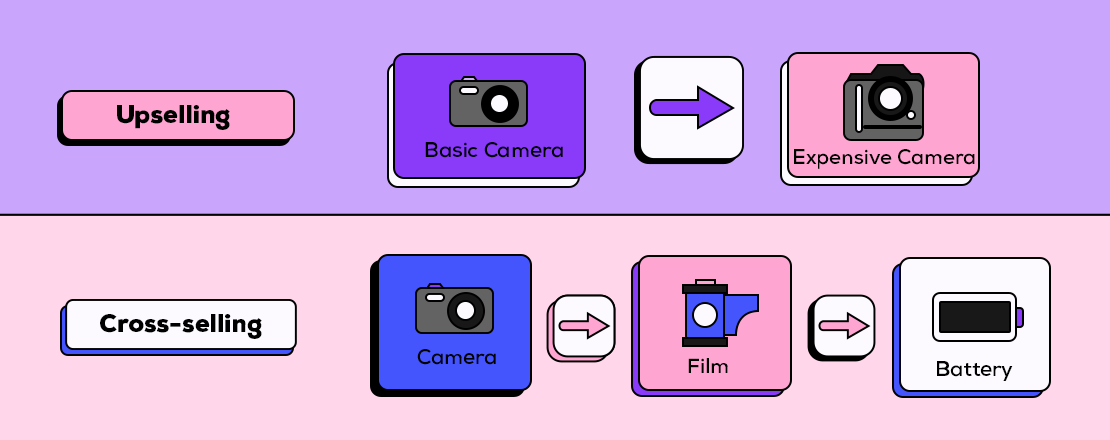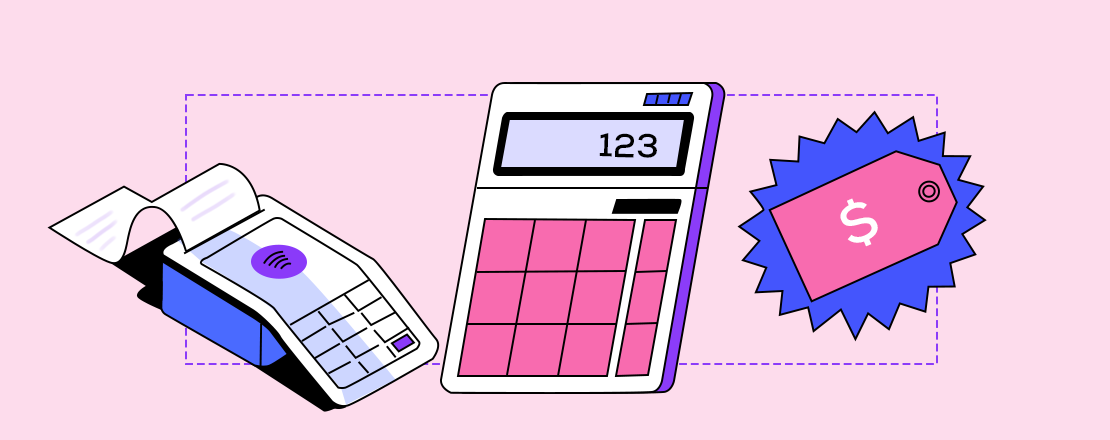The banking industry is undergoing a massive technological transformation, and many financial institutions are struggling to keep up with today's digitized, consumer-focused financial services. Fintech is disrupting traditional services by introducing innovative, multi-channel banking alternatives. To keep pace, lenders must rethink their service models and consider the numerous innovations in finance affecting BaaS and revolutionizing the industry.
.jpg?width=825&name=shutterstock_1716172498(1).jpg)
What is Banking-as-a-Service (BaaS)?
Banking-as-a-Service, or BaaS, is an end-to-end process where Fintech and other third parties can access and benefit from existing financial services via APIs without developing internal solutions. They can create these services directly on top of the provider's secure, regulated infrastructure and leverage the open banking opportunities transforming the global financial services market.
Top Eight Innovations in Finance Impacting BaaS
Bank customers use fintech tools constantly. It can be anytime during the day, from almost unlimited locations, for several reasons, and via multiple devices. They require security, convenience, streamlined services, and complete control over their finances with the touch of a button.
To meet these demands, lenders should design products that include the following problem-solving features:
1. Digital-only Banking
Physical infrastructures were once the basis for consumer trust in financial institutions.
However, that sentiment shifts as technology progresses and digital services overtake their in-branch predecessors, and websites and mobile apps gradually replace physical locations.
Furthermore, a new brand of digital-only banks provides exclusively online services to attract stay-at-home and mobile-first customers.
These solutions reduce infrastructure and human resource expenses, resulting in lending services provided at lower costs while preserving elevated levels of customer service.
2. Tailored Point of Sale Implementation
Personalization is at the heart of today's customer experience strategy. Point of sale (POS) financing software provides lenders with the tools necessary to collect and analyze large data quantities. They can then utilize this data to construct upselling campaigns, giving more financing options for consumers interested in a wide range of services.
3. Virtual Assistants and Chatbots
Chatbots and virtual assistants are now accessible because of rising mobile device use, improved network connectivity, and advances in artificial intelligence. Financial institutions have successfully leveraged these helpers to provide informative content for consumers without human intervention.
4. Blockchain Solutions
A blockchain is a public digital ledger of transactions maintained by a computer network that makes it difficult to hack or compromise the protected data.
Several prominent financial organizations are looking to employ blockchain technology to deliver enhanced digital financial services. These technologies can drastically lower consumer financial service costs, improve identity authentication, provide transparency, and promote lending process efficiency.
5. Artificial Intelligence
Artificial intelligence (AI) is driving wide-ranging predictive analytics to provide consumers with personalized experiences.
Financial institutions can collect comprehensive customer data and develop tailored financial solutions in real-time. This degree of personalization can disrupt conventional lending models, enhance client retention, speed up loan approvals, and avoid financial fraud.
6. Cloud Lending
Cloud lending is an online platform that allows financial institutions to automate and streamline the financing process while enhancing the customer experience. It increases installment loan application volume and delivers services to borrowers more quickly.
It also helps lenders automate the verification process, produce secure documentation faster, scale their lending practice as the company grows, and reduce turnaround time.
Analysts believe that the cloud will soon be the primary infrastructure platform for all financial services, including lending.
7. Peer-to-peer (P2P) Technologies
Peer-to-peer (P2P) digital payment mechanisms are quickly gaining traction. That is a clear indication that more potential borrowers are eager to integrate fintech solutions into their everyday banking activities. These payment methods also have the advantage of eliminating go-betweens and lowering transaction costs.
Even though P2P payment companies primarily target age groups that grew up using mobile technologies (such as Millennials), that strategy is evolving. Older generations are beginning to accept and use more modern technology for daily transactions.
8. Microservices
Many conventional financial systems rely on a "monolithic" (or all-encompassing and inflexible) design.
However, as mobile devices become more prevalent and customer expectations evolve, the market demands more design and upgrade-friendly applications.
Microservice architecture can help lenders hit these marks by separating the entire banking application into smaller segments that can work together seamlessly but function as standalone services as necessary.
Unlike an interlinked and unified design where a code failure might disrupt the entire organization, a loss in one microservice does not disrupt the operation of others. This failsafe promotes improved reusability and business continuity.
Microservices enable banks to boost business agility, move quickly, innovate on the fly, and provide a consistent user experience across all digital channels.
Skeps Can Help You Leverage Financial Innovation
Borrowers are profiting from the numerous innovations in finance and evolving technologies now becoming commonplace in the banking industry. Consumer confidence is always vital to keeping pace in an ultra-competitive environment, and financial institutions that can adapt and implement these innovative solutions should enjoy long-standing customer loyalty.
Our POS platforms and tech solutions provide you with financial innovations necessary to keep pace in a fast-paced digital environment. To learn more, request a demo or email us at support@skeps.com.















